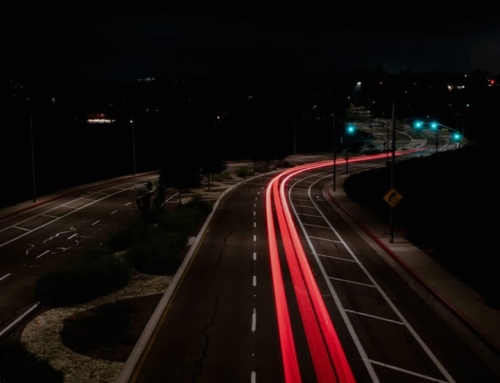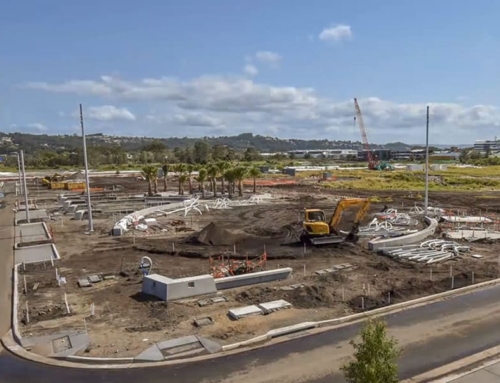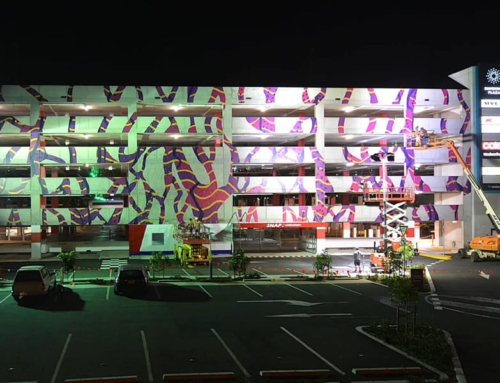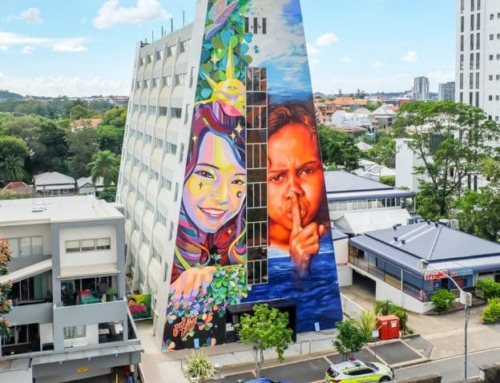
5 Common Misconceptions About Long Term Time-lapse Photography
When it comes to time-lapse photography there are a number of misconceptions that should be clarified before embarking on a time-lapse style project. Here are 5 things you might not have known about time-lapse.
- Don’t you take video, not just photos
Video captures footage in real-time as it happens and records at 25frames/sec or higher. That’s an enormous amount of footage to manage and store over a long period. Let’s look at a 6-month construction project as an example: Capturing video for 9hrs/day for 5 days/wk over 26 weeks = 1170hrs of footage or 49 days of continuous viewing and to put into perspective the equivalent of 105.3 million images.With time-lapse, we’d set the photo interval at say 10mins for 9hrs/day for 5 days/wk over 26 weeks = 7020 images. When we cull rainy and non-productive days we’re left with say 5000 images. Processing them in a video at 25frames/sec gives us a video length of 3mins 20sec. A much more pleasant time-frame to what a video and a much easier process to manage.
- Can time-lapse cameras be used for security?
Generally not, although it can have a limited benefit for security. Time-lapse photography’s main purpose is to capture and document change over a period of time, taking still images at regular intervals, not continuous video. For long-term projects, this means photos could be taken anywhere between 10-30mins or longer. Therefore, site activity in between these intervals is not captured.The other consideration is time-lapse images are captured in high resolution, up to say 24MP, to produce various high-quality outcomes. These images are also uploaded and stored to an online gallery to assist with project management for the duration of the event, activity or construction project. Uploading or storage of hi-res video over long periods is impractical due to the large files sizes. Security footage that is streamed or uploaded is therefore generally low-res and B & W, footage that is stored locally on a hard drive maybe colour. Security footage is also generally only kept for short periods, maybe a week, again due to storage restrictions, then overwritten where time-lapse images are stored from start to finish over weeks, months or years.
- You don’t need to de-flicker time-lapse images
This may be true if you are capturing footage over a short time frame and taking images at intervals of secs, like a sunset. But with long term time-lapse where you are capturing footage over days, weeks or months you are going to experience many various lighting conditions (the other exception to this is shooting indoors with controlled lighting with little or no light variations via external windows).These varying light conditions result in images with different exposures and when stitched into a video played at normal speed creates a flickering effect. De-flickering of footage using sophisticated software smooths out the light frequency curve by adjusting the exposure of thousands of individual images through batch editing. This makes the viewing experience of the final product much more pleasant.
- One camera is enough
This really depends on the project, desired outcomes, how creative we need to be, and budget. Capturing a mural being painted on the side of a building will generally only require one camera unless the brief requires different angles to be captured.Capturing long term time-lapse requires a camera to be static in a fixed location. On a large-scale construction project all activity may not be able to be capture from the one position:- particularly where various activities are happening around the site at the same time
- one thing that’s being construction may block the view of another
- the project is of a size that it can’t be captured by the field of view of 1 camera
- the length of the project may require cameras to be placed at intervals
There are times when one camera can work and that’s when the activity is staged which provides an opportunity to move the camera to various locations to capture the relevant activity at the time.
- Why do I need a whole time-lapse system, won’t the camera do?
This may be the case if you are capturing footage over a short period of time, and you are with the equipment, provided your camera has a built-in intervalometer (controls the camera to take photos at regular intervals that you set, amongst other features). An external intervalometer can also be plugged into most modern cameras.But for long term time-lapse photography the system needs to be self-sustaining of which there are 3 main considerations:- Weather
- Power
- Monitoring the system
It is important to understand how time-lapse works and not get caught up in misconceptions, so we can ensure we use the right equipment and you can get the most out of your investment.
Got questions, read our time-lapse photography FAQ’s or contact me directly on tony@aerialviewphotography.com.au





